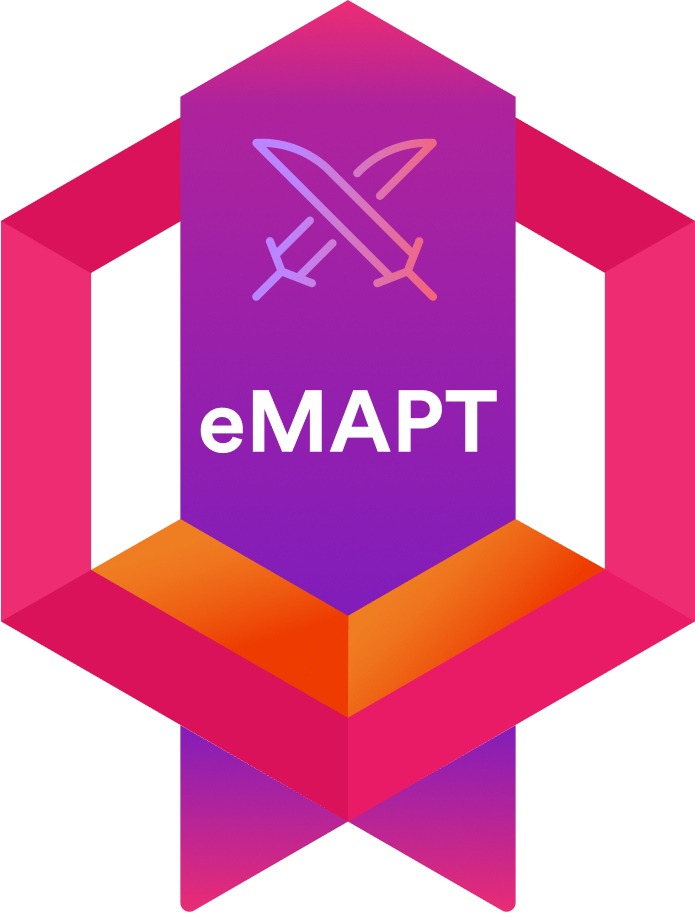Welcome to Global Tech Tales, where we talk with editors from around the world about the latest technology and leadership topics, and hear stories from IT leaders about what they’re looking for. I’m Keith Shaw co hosting along with Matt Egan. He is the global content and editorial director at Foundry, who’s also represents the UK in these shows. And this month, we are joined by Jack gold, Principal Analyst at J Gold Associates. Welcome everybody. Good to see you. Jack. Thanks guys. All right. And so for this episode, we are talking about how AI is transforming the data center. Last week or last month, we talked about how AI is disrupting cloud computing. And so this almost is like the opposite end of that scale for a lot of IT people. So, you know, there are a lot of great reasons for running AI applications in your own data centers. AI is putting new demands on virtually every aspect of data centers, from servers, networks, power grids and more. But beyond this decision about where to run AI workflows, other issues are looming in the background. So we’re going to take a look at all of the different things, and we start the show off as always, with some statistics. So this is what I found rummaging around the internet and including the 2025, state of the data center report from core site and Foundry, shows that the expansion of AI is pressuring organizations to reassess their IT infrastructure, to balance cost and performance with Co Location data centers now taking on an expanding role in the study. This is an amazing number. 98% of IT leaders said they have adopted or plan to adopt a hybrid IT model. The research also suggests that cloud costs are driving organizations to repatriate apps and workloads from the cloud back to on premise data centers. Another stat that blew my mind too was that the SMP global voice of the enterprise survey said that more than 70% of respondents are saying that their current IT infrastructure was inadequate for future machine learning and AI workloads. So that’s down the road. McKinsey said that 70% of total data center capacity demand will be aI related by 2030, and generative AI loan apps alone will be about 40% of that capacity. And then data power, data center power demand is also expected to skyrocket, according to Goldman Sachs, power demand is going to rise 50% by 2027 and 165% by 2030 so you got to start thinking about all of your power issues. And then finally, 2023 report by Uptime Institute said 58% of data center operators are struggling to find qualified candidates for vacancies, with shortages concentrated in junior and mid level operations. In addition, 34% of companies said they had no initiatives to initial to recruit and train new entrants. So there’s a lot of stats around the world of the data center these days. So what I want to start off with, however, before we jump into the how AI is affecting things, before the show, we were talking about, the issue is that I think our perceptions of what a data center is these days is is just is a little off kilter. So you know, when I think of data centers, I think of what my dad was doing back in the 70s where you had giant machines and punch cards and air conditioned rooms and things like that. But that perception is no longer the case, right Jack? Jack Gold source













